Nature is a treasure trove of surprises, especially when it comes to the animal kingdom. From peculiar mating dances to unexpected survival tactics, animals have honed some seriously quirky behaviors that boggle the mind. Whether you’re an animal enthusiast or just love a good trivia tidbit, this list will offer you a peek into the bizarre and brilliant world of animal antics. Prepare to have your perception of wildlife turned on its head with these 15 mind-blowing quirks.
1. Sea Otters Hold Hands While Sleeping
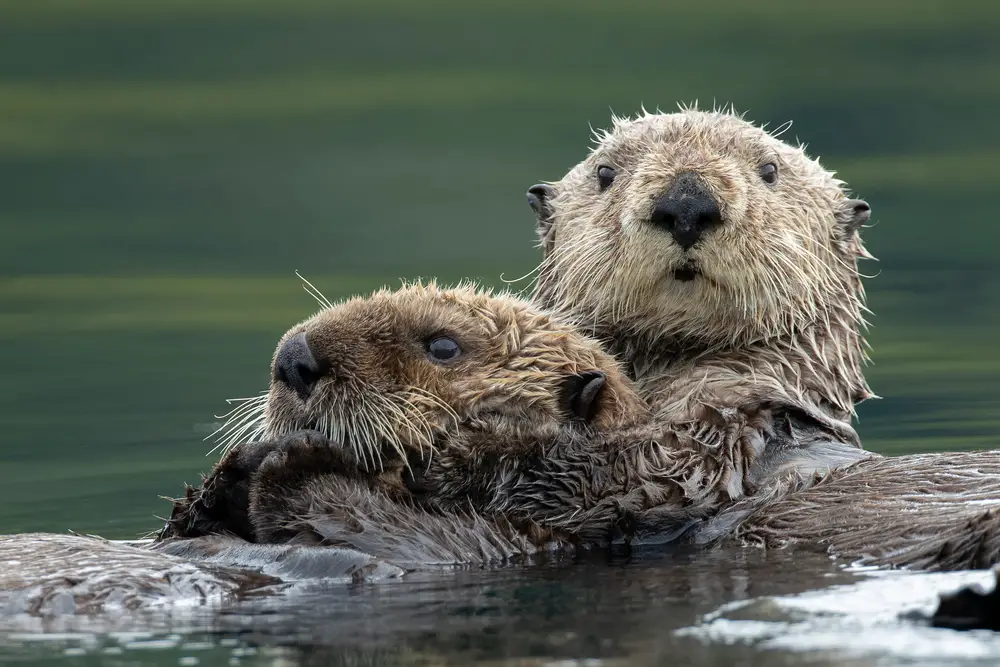
Sea otters have a heartwarming habit of holding hands—or paws—while they sleep. This behavior, known as “rafting,” ensures that they stay connected and don’t drift apart in the ocean currents. It’s an endearing sight and a clever survival tactic in the wild. By forming these hand-holding rafts, sea otters create a cozy sense of community and security. If they’re not in a group, they might anchor themselves using kelp to prevent drifting away. This charming quirk highlights their social nature and their need to stay close to their families.
2. The Self-Decorating Bowerbirds
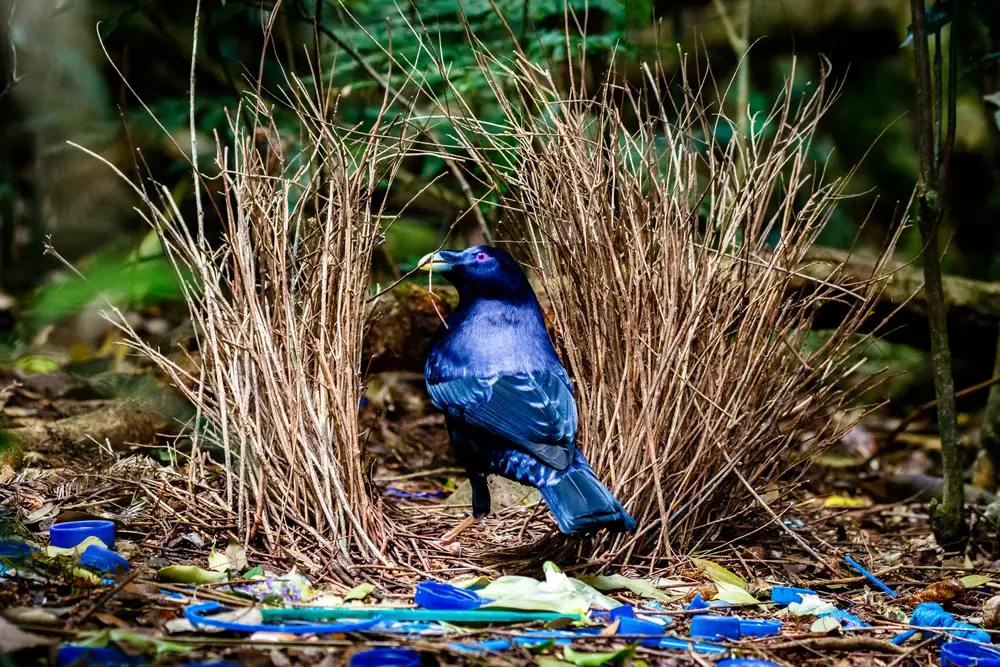
Male bowerbirds are nature’s very own interior designers. When it’s time to impress a potential mate, they don’t rely on plumage or song alone. Instead, they build elaborate structures called bowers, meticulously decorating them with colorful objects like flowers, shells, and even plastic. Each bowerbird has its own aesthetic preference, often favoring one color to entice a mate. This quirky courtship behavior is a testament to the creative lengths animals will go to for love. Watching a bowerbird in action is like witnessing a live art installation in the wild.
3. Dolphins Get High on Pufferfish Toxins
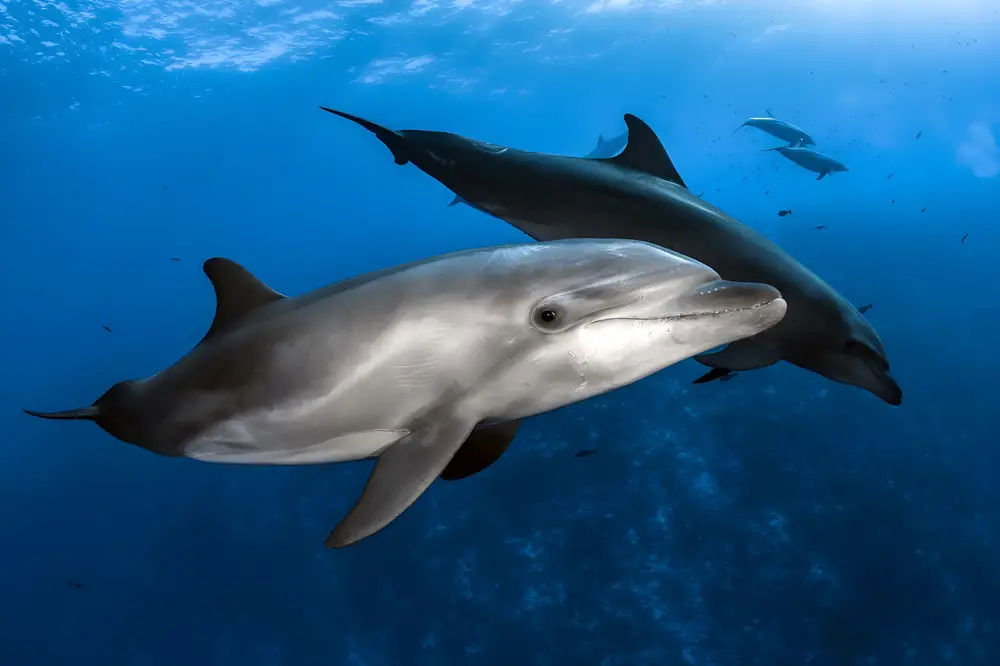
Dolphins, known for their intelligence and playful nature, have been observed engaging in a curious pastime: using pufferfish to get high. Pufferfish release a toxin when threatened, which, in small doses, can have a narcotic effect. Dolphins have been seen gently handling the fish, passing it among each other, and exhibiting behaviors that suggest they’re experiencing a trance-like state. This quirky behavior showcases not only the intelligence of dolphins but also their curious nature and willingness to explore altered states of consciousness in the ocean’s depths.
4. Crows Recognize Human Faces
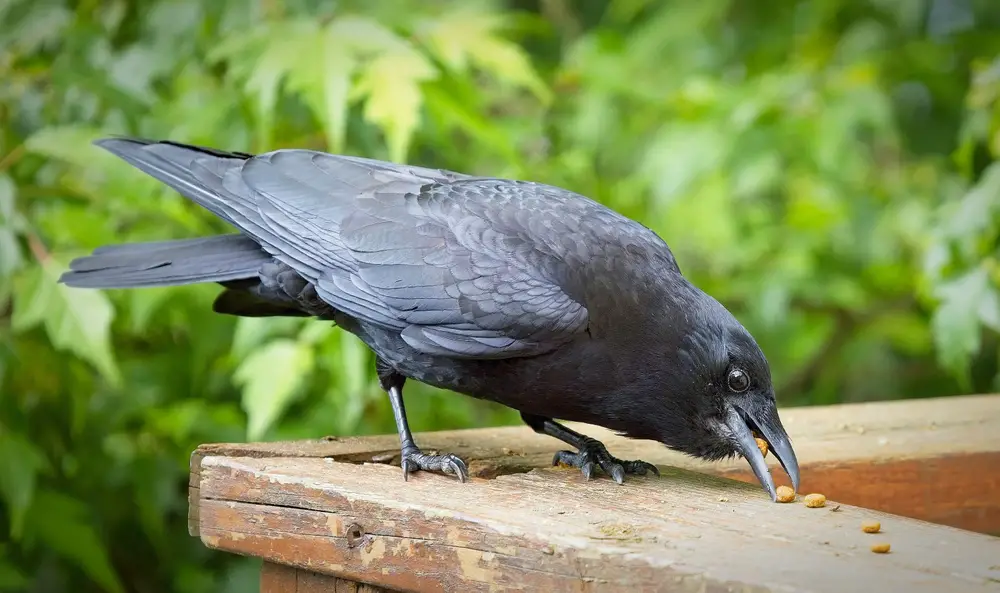
Crows are some of the most intelligent birds around, and their ability to recognize human faces is truly remarkable. These clever creatures can remember the faces of people who have wronged or helped them, holding onto these memories for years. If you’ve ever been kind or unkind to a crow, beware—they might pass the information along to their flock. This ability demonstrates not only their memory skills but also their complex social structures, where sharing knowledge keeps them informed and agile in the face of potential threats or allies.
5. The Singing Mice of Central America
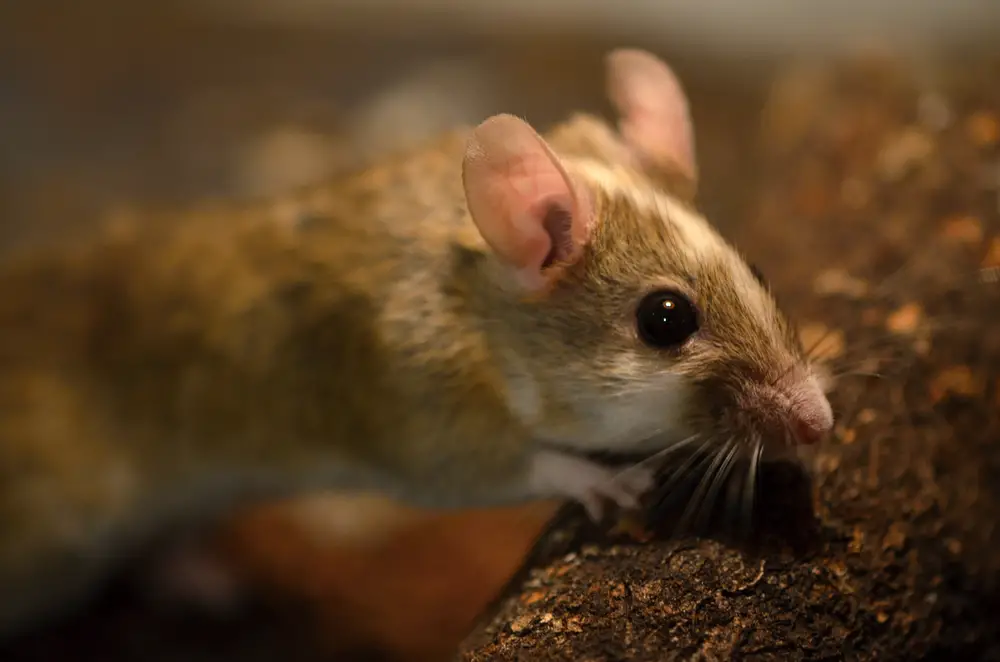
In the dense forests of Central America, a unique species of mouse serenades its mate with a song. These singing mice, belonging to the genus Scotinomys, produce high-pitched, melodious sounds to court potential partners. Their songs are intricate and varied, akin to a musical performance designed to captivate their audience. This behavior is not just a mating call but an exhibition of their ability to communicate complex emotions through sound. Observing these mice in action is a delightful reminder of the hidden wonders of the animal world.
6. Octopuses Use Coconut Shells as Armor

Octopuses are known for their intelligence and problem-solving skills, but their use of coconut shells takes the cake. Some species of octopus have been observed collecting and carrying coconut shells to use as mobile shelters or armor. This behavior showcases their foresight and adaptability, as they plan for future needs and potential threats. By utilizing available resources in such a unique way, these clever cephalopods highlight the innovative survival strategies that animals can develop in the ever-challenging marine environment.
7. The Ants That Farm Fungi
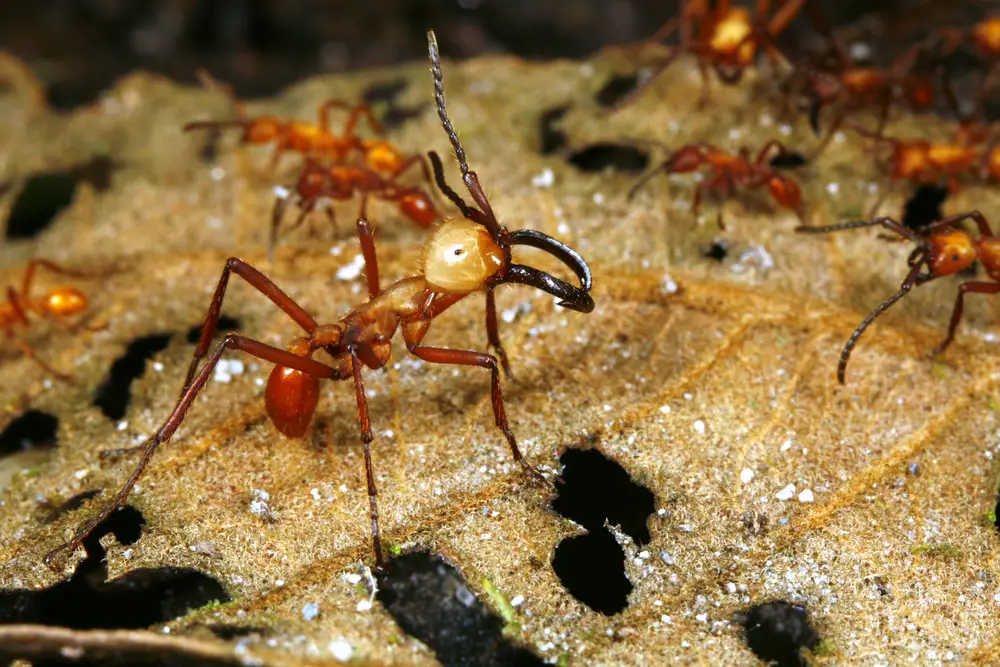
Deep in the tropical rainforests, leafcutter ants have mastered the art of agriculture. These industrious insects cut leaves and transport them back to their colony, not to eat directly, but to cultivate fungi. They use the leaves as a substrate to grow a particular type of fungus, which serves as their primary food source. This symbiotic relationship has been perfected over millions of years, demonstrating a complex understanding of farming and sustainability. Leafcutter ants’ agricultural prowess is a fascinating glimpse into the natural world’s innovation and cooperation.
8. Elephants Can Comfort Each Other
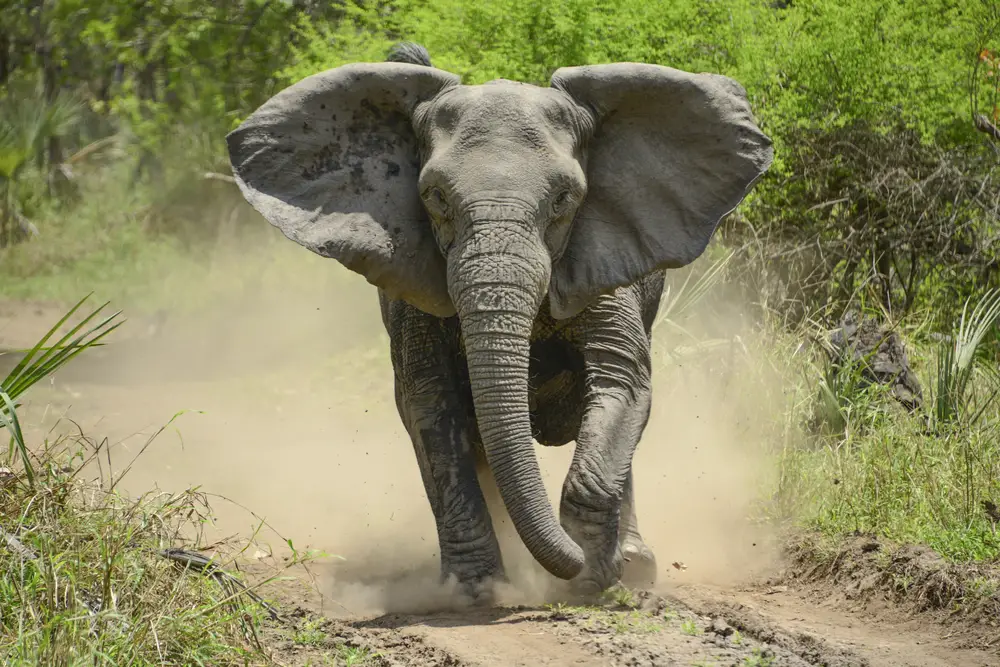
Elephants are deeply social creatures, and they exhibit behaviors akin to human empathy and compassion. When a fellow elephant is distressed or grieving, others in the herd will offer comfort by touching or caressing them with their trunks. This soothing behavior helps strengthen the social bonds within the group and highlights the emotional depth of these gentle giants. Observing elephants in their natural habitat reveals a sophisticated and touching social dynamic, reminding us of the shared emotional traits we have with these majestic animals.
9. The Explosive Defense of the Bombardier Beetle
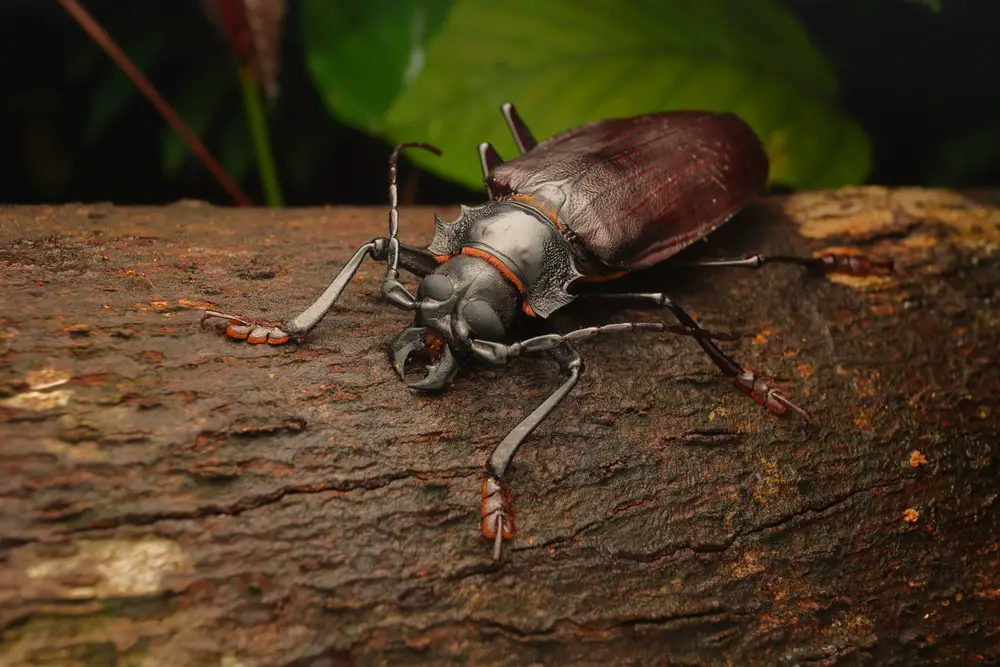
Bombardier beetles have developed an explosive method of defense that’s both fascinating and formidable. When threatened, they mix chemicals in their abdomen to create a boiling, noxious spray, which they expel at predators. This chemical reaction reaches temperatures as high as 100 degrees Celsius, effectively deterring any would-be attackers. The precision and control with which they deploy this defense mechanism is astounding, illustrating the evolutionary arms race between predator and prey in the natural world. It’s a powerful reminder of nature’s inventive survival strategies.
10. The Mimicry of the Lyrebird
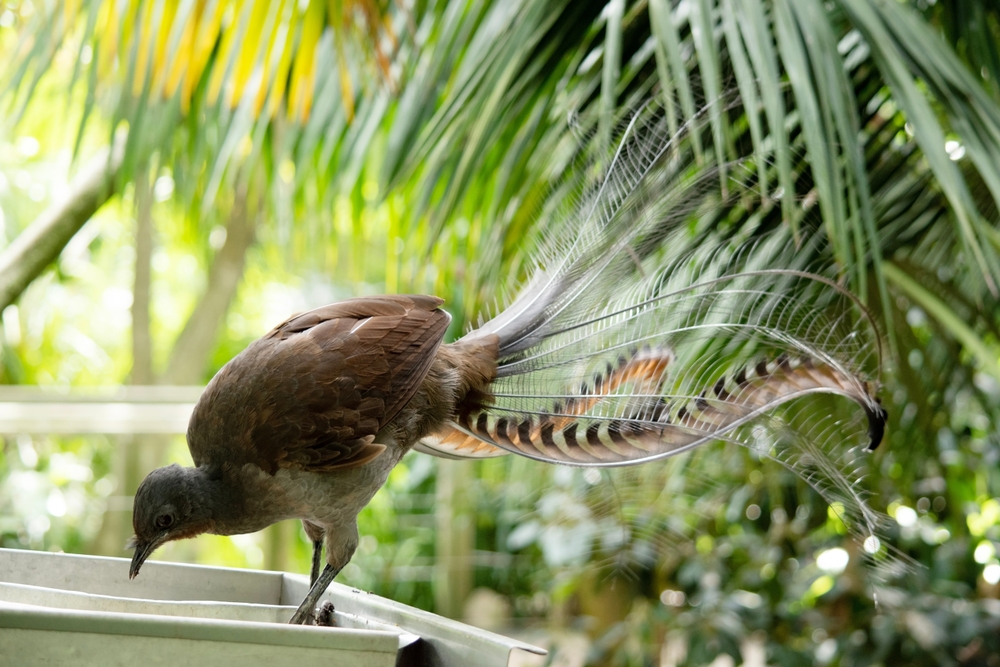
Lyrebirds, native to Australia, are renowned for their incredible mimicry skills. These avian virtuosos can imitate the sounds of other birds, animals, and even human-made noises like camera shutters and chainsaws. During the breeding season, male lyrebirds use this talent to craft an auditory tapestry, impressing potential mates with their vast repertoire. Their ability to mimic such a wide variety of sounds showcases their exceptional vocal capabilities and adaptability. It’s a testament to the intricate and competitive world of bird communication and courtship.
11. Pigeons’ Homing Instincts Are Unmatched
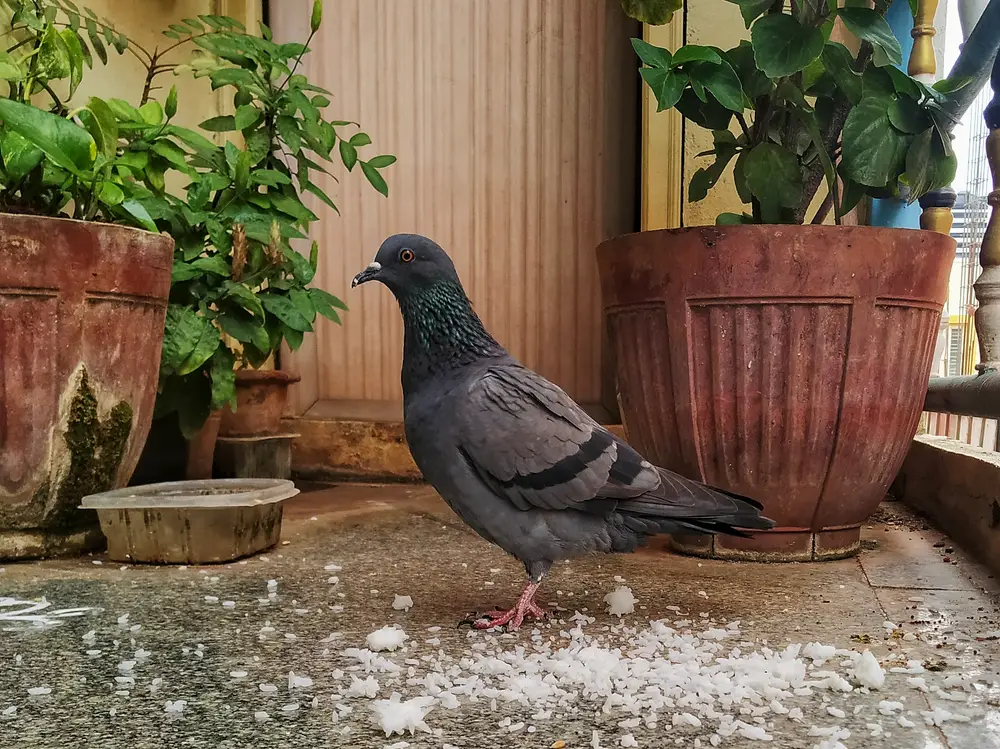
Pigeons might not seem extraordinary at first glance, but their homing abilities are second to none. These birds can find their way back to their nests over vast distances, navigating unfamiliar terrain with remarkable precision. Scientists believe they use a combination of the Earth’s magnetic field, the position of the sun, and visual landmarks to guide them home. This innate ability has been harnessed by humans for centuries, from carrying messages to playing a role in scientific experiments. Pigeons are a reminder of the hidden talents in even the most common creatures.
12. The Playful Nature of Ravens
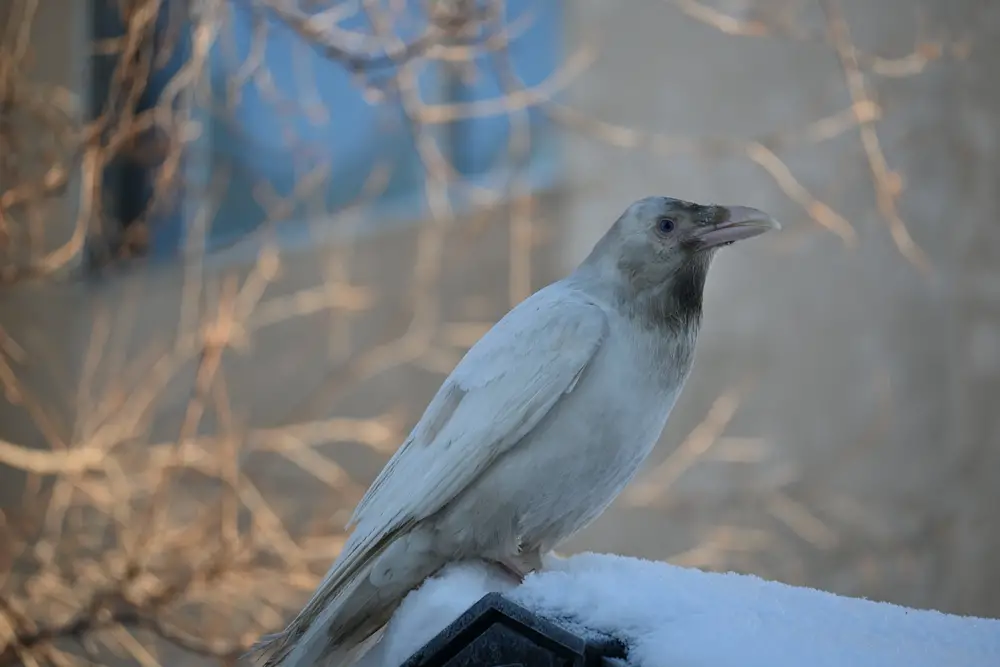
Ravens are not just intelligent, but they’re also known for their playful behaviors. Observations have shown these birds engaging in activities like sliding down snowy rooftops or playing catch with sticks or other objects. This playfulness is not just for entertainment; it helps them develop social bonds and problem-solving skills. Ravens’ playful antics demonstrate a level of cognitive complexity that rivals that of primates, providing us with insights into the rich inner lives of animals often underestimated in their sophistication and emotional range.
13. The Regenerative Powers of the Axolotl
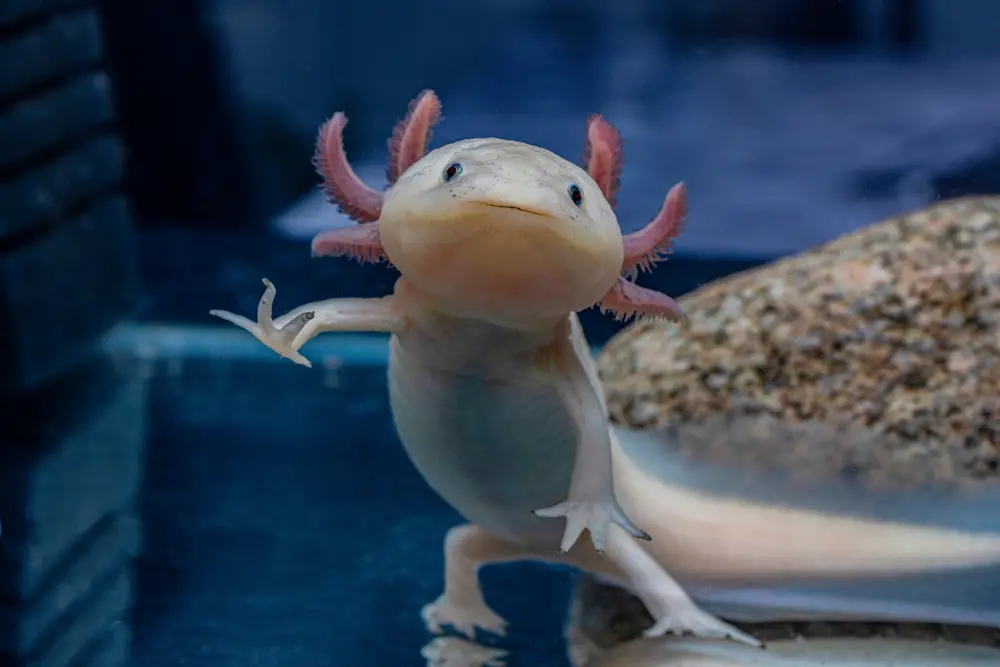
The axolotl, a unique amphibian native to Mexico, possesses remarkable regenerative abilities. Unlike other creatures, axolotls can regrow lost limbs, parts of their spinal cord, and even sections of their heart and brain without scarring. This fascinating trait has made them the focus of scientific research, as understanding their regenerative mechanisms could have significant implications for human medicine. The axolotl’s resilience and adaptability in the face of injury serve as a captivating example of nature’s potential for healing and renewal, sparking curiosity and hope for future medical advancements.
14. The Echolocation of Bats
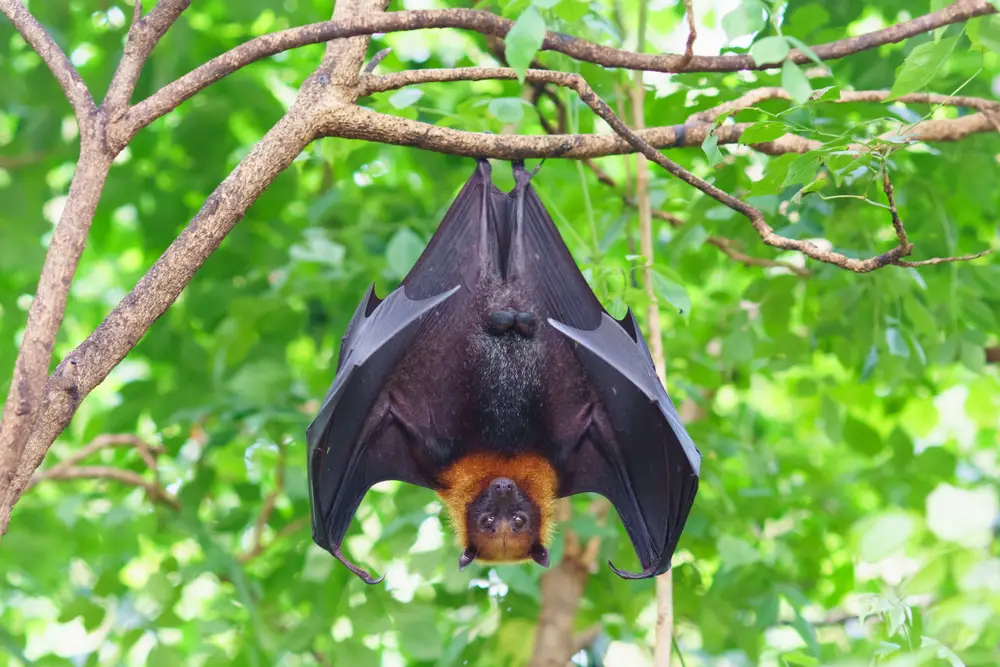
Bats have mastered the art of echolocation, using sound waves to navigate and hunt in the dark. By emitting high-frequency sounds that bounce off objects, they create a mental map of their surroundings, allowing them to pinpoint prey with incredible accuracy. This sophisticated navigation system is a marvel of natural engineering, showcasing the adaptability of bats to their nocturnal lifestyle. Echolocation is not only a fascinating survival mechanism but also a reminder of the incredible diversity of sensory adaptations that animals have developed to thrive in their environments.
15. The Surprising Migration of the Monarch Butterfly
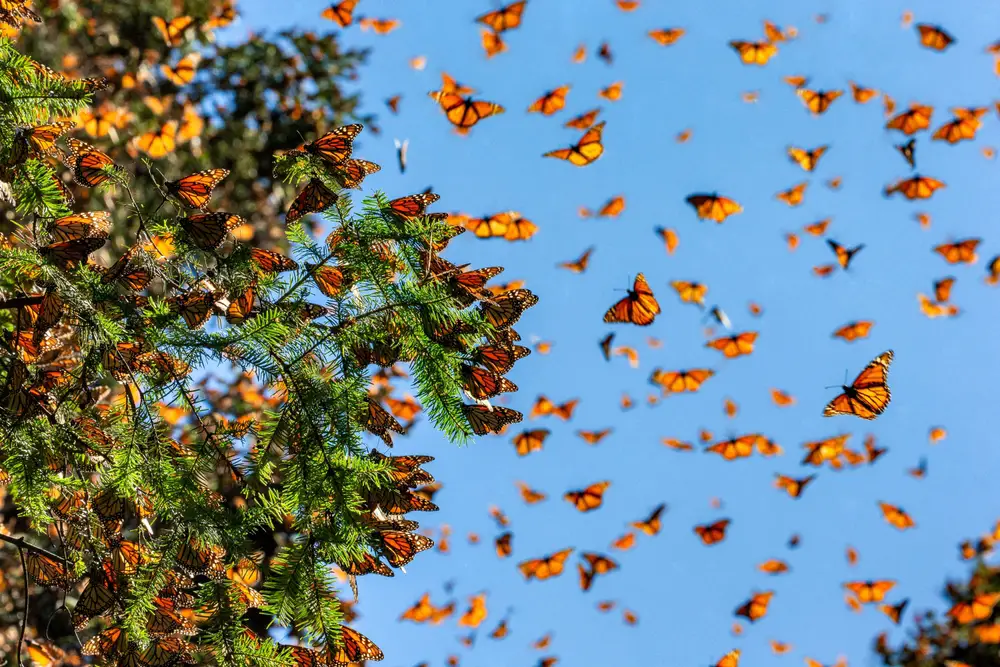
Monarch butterflies embark on one of the most astounding migrations in the animal kingdom, traveling thousands of miles from North America to central Mexico. What makes this journey even more incredible is that no single butterfly completes the round trip; it takes multiple generations to finish this migratory cycle. Using a combination of environmental cues, the monarchs navigate vast distances with precision. This epic migration is a testament to the resilience and tenacity of these delicate creatures, inspiring awe and admiration for their journey across continents and the mysteries of their navigation instincts.
